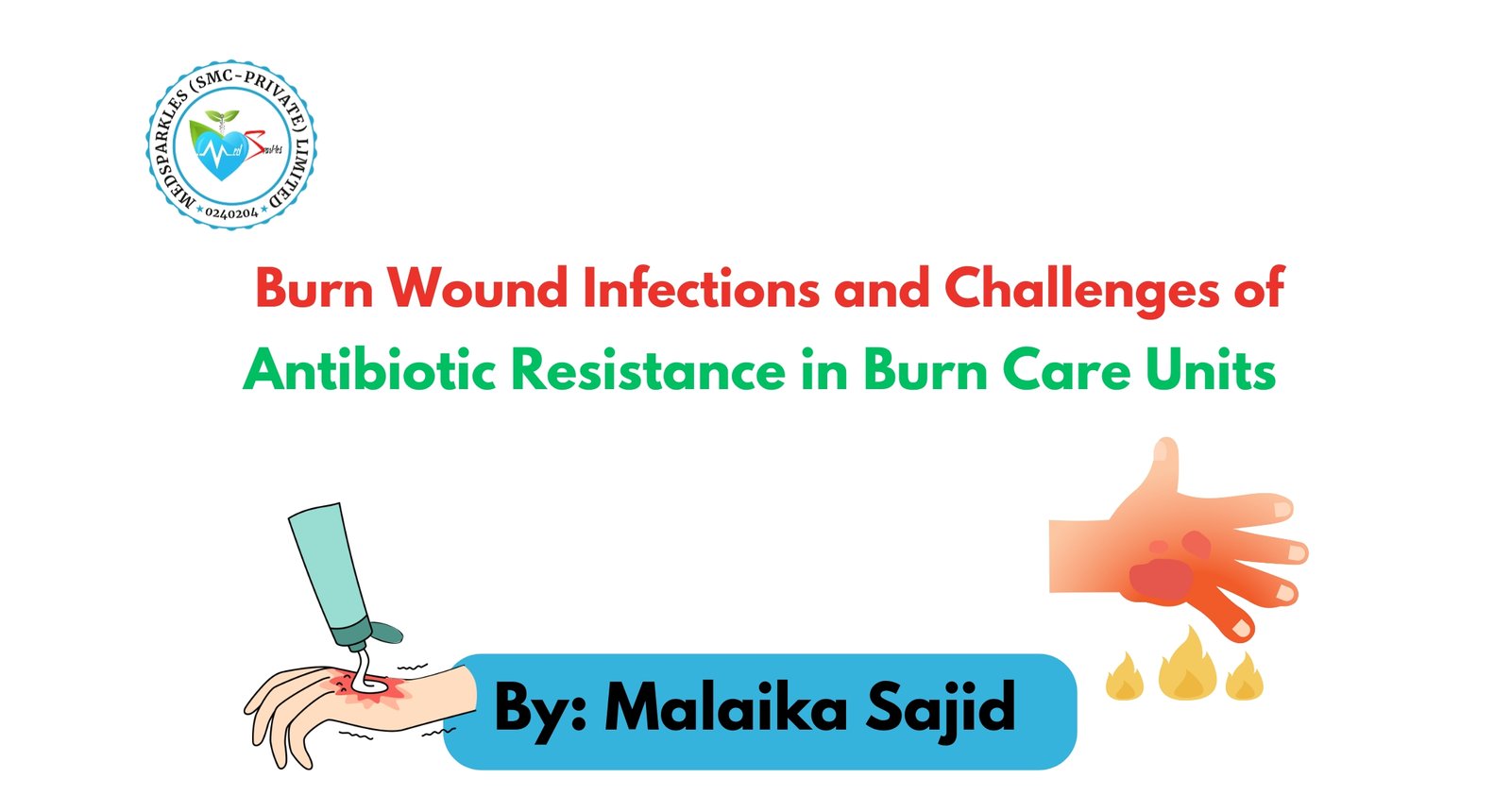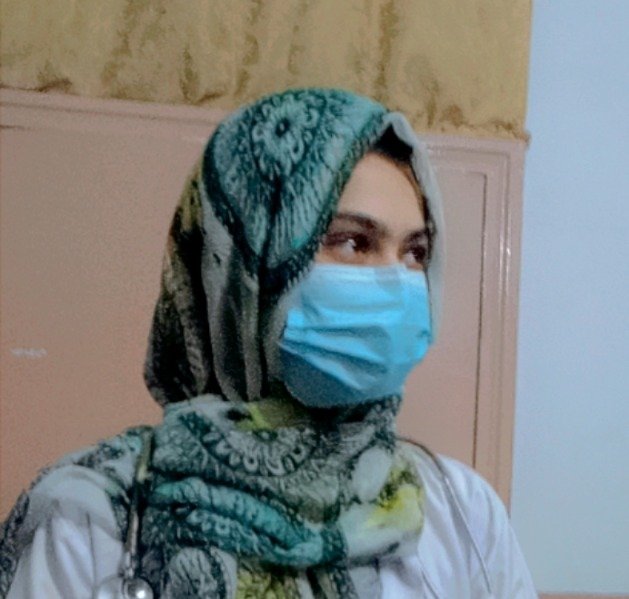An intact human skin plays a vital role in protecting the individual from infections, but if there is any injury on the surface of the skin mainly the thermal injury or injury due to burn, then it creates a breach and destroys the normal barrier of the skin, which further allows the colonization of microorganisms, mainly bacteria on the skin which further lead to cause infections known as burn wound infections. So, it can be defined as the invasion of microorganisms into the viable tissues.
Burn Degrees
Burns are classified into degrees based on their severity and the depth of tissue damage. Hence, burns are classified as first, second, or third-degree burns.
• First Degree, also known as superficial burns and affects the epidermis only. Sunburn is an example of a first-degree burn.
• Second Degree, also known as partial thickness burns, which affects both the epidermis and part of the dermis.
• Third Degree, also known as a full-thickness burn, which affects the epidermis, dermis, and somehow subcutaneous fat.
Bacteria involved in Infections
There are different types of bacteria, including gram-negative and gram-positive bacteria, that are involved in these types of infections. The bacteria that are mainly involved in burn infections are:
• Pseudomonas aeruginosa
• Klebsiella pneumoniae
• Staphylococcus aureus
• Acinetobacter baumannii
• Escherichia coli
• Proteus mirabilis
• Staphylococcus epidermidis
But the most commonly isolated bacteria from burn wounds are the Pseudomonas aeruginosa, a gram-negative bacterium, and Staphylococcus aureus, a gram-positive bacterium.
Epidemiology
Burn injuries are the leading cause of death, particularly in developing countries, including Pakistan. Hence, considered a global health concern. According to the World Health Organization (WHO-2024),11 million people suffer and approximately 180,000 die every year due to burns. So, these types of infections are common throughout the world, and dealing with patients, particularly those with severe burn infections, is challenging nowadays.
Antibiotic Resistance Issue
Patients with severe infections require antibiotic treatments to control the infection and minimize mortality. But due to overuse and misuse of antibiotics, antibiotic resistance is increasing and becoming a major concern worldwide. Due to the failure of antibiotics, five million deaths occur due to AMR annually. According to previous studies, antibiotics like ciprofloxacin and methicillin, and other antibiotics, were effective against burn pathogens, but now, due to the misuse and overuse of antibiotics, they have become resistant.
Factors such as the disruption of the skin barrier, systemic immune suppression, and the use of invasive devices like catheters increase the risk of infection and antibiotic resistance issues, and difficulty in treatment in burn care units, which mainly results in sepsis and multiple organ dysfunction.
Advanced Wound Dressings and Topical Agents
The use of advanced dressings, topical antiseptics, and antimicrobials is used in burn care units to prevent the development of biofilms and control microbial colonization. The most common topical solution used for wounds is hydrogen peroxide as an antiseptic to clean patients’ wounds. Moreover, Povidone-iodine, a commonly used topical agent, is also used as an antiseptic to prevent infections in patients. In addition, ointments which contain antibiotics such as Neomycin and Fusidic acid are applied before the wound dressing to prevent and minimize bacterial infections. Additionally, Bacitracin and Polymyxin-B in ointments are also used. Bacitracin is commonly used for small burns, while Polymyxin B is mainly effective against gram-negative bacteria. In addition, the silver-containing dressings are also used, which have a stronger antimicrobial activity. Moreover, Excision and grafting can also be useful in treating infections.

Conclusion
Burn wound infections are a major health concern of burn care units. Pseudomonas aeruginosa and Staphylococcus aureus are the most frequent bacteria found in burn wound infections and exhibit antibiotic resistance or multidrug resistance against various antibiotics, which makes treatment challenging. Addressing antibiotic resistance and optimizing burn care practice can be crucial in improving patient outcomes.
Here, I wanted to add this famous quote as a concluding note;
“TIME HEALS ALL THE WOUNDS”.
Frequently Asked Questions (FAQs)
Q. How do burn wound infections occur?
When there is any breach in the intact skin, it allows the colonization of microorganisms into the skin, further leading to infections.
Q. Which bacteria commonly cause burn wound infections?
Pseudomonas aeruginosa and Staphylococcus aureus are the most common bacteria found in burn wound infections, according to the reported studies.
Q. Why is there an issue of antibiotic resistance in burn patients?
Due to the overuse and misuse of antibiotics, the issue of antibiotic resistance is common in burn patients, making treatment challenging.
Q. How can burn wound infections be prevented?
It can be prevented by proper wound care and the appropriate use of antibiotics or antimicrobial agents.
Q. What can be the complications associated with untreated burn wound infections?
Untreated wound infections can lead to sepsis, organ dysfunctions, and even death in severe cases.


